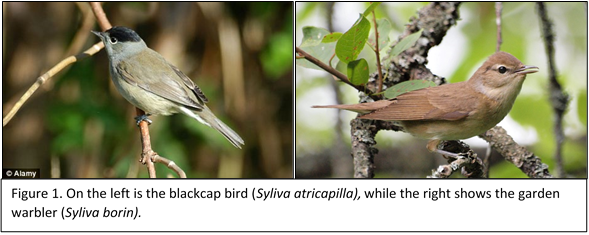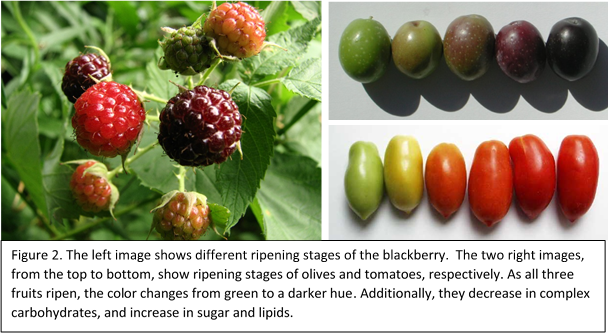Communication, which can be loosely defined as a transfer of information, is vital to structuring the development and interactions between a signaler and perceiver. This transfer of information can be perceived as a one to one transfer of stimulus to perception, or as the manipulation of behavioral and physiological cues to benefit one, or perhaps both, of the parties involved. Regardless of the communicative motive, information transfer depends on reliability. As Schaefer, Valido, and Jordano explain, “the key issues are thus how reliable communication is and how reliability contributes to structuring the interactions among partners” (2014). In this manner, reliable information is especially important to the perceiver, as a stereotyped series of cues can provide the opportunity to make long-term adjustments in pattern prediction. In their study ran in 2014, Schaefer, Valido, and Jordano wanted to investigate the important role reliable information has in structuring visual communication between fleshy fruits and birds. One of the researchers, Jordano, had previously determined that certain bird species, like the blackcap and garden warbler, select fruit non-randomly to maximize lipid intake, as lipids provide the most efficient energy source for long-distance migration. This, in combination with the fact that the color of a fruit indicates its nutritional content, inspired the researchers to study the effect fruit color has on a population-specific selection of food.
Over the course of two years, the researchers analyzed the set of fruit consumption of two birds: the blackcaps (Syliva atricapilla) and garden warblers (Syliva borin). In doing so, the authors aimed to explore whether birds can select fruit colors indicating higher lipid content. Three predictions were made in reference to this relationship: one, that fruit color is reliable on a local and regional scale, two, that the nutritional value of food can be told by specific fruit color combinations, and three, that nutritional intake of consumers responding to the specific set of color signals should be higher than the intake of a random foragers.
A high fruit-diet during migration makes blackcaps and garden warblers good model species for studying the role of information reliability in the context of picking food. In addition, both species have been known to forage for fruits high in lipid content. Fruits high in lipids and sugars, correlated closely with hue and brightness, provide the necessary visual information to be a reliable signal of nutritional reward. Covariance tests run by the authors showed that color reliably conveys nutritional information independent of the fruit’s family, meaning that different kinds of fruit displayed a similar pattern of visual attributes to express lipid level. This color pattern, combined with the bird’s four-cone color vision, would lay the necessary framework for a consistent set of foraging behaviors to be developed.
In visualizing the color vision for both birds, the authors converted the cone excitation values of the four avian cones into a tetrahedral color space of birds. Each of the vertices of the tetrahedral represents the sole excitation of a single cone. While humans have only three cone types, birds have four, meaning that they have the possibility to see a wider range of hues, brightness, and color. Birds’ advanced color vision lays the proper framework for analyzing slight changes in fruit colors. Through their cone excitation map, the researchers could visually represent the visual system that was analyzing the color profile of the fruits in question, looking to support the patterned relationship between certain cone excitations and high lipid content. Accordingly so, the birds can visually evaluate the lipid rewards of Mediterranean fruits, but not their sugar or protein levels. Fruits higher in lipid content were significantly darker than their non-lipid countertype. In this case, fruits high in lipid content were recognized by the avian visual system as darker and bluer. Additionally, more purple fruits (than green) were higher in lipid content, especially on the local level of foraging. These two visual associations led the authors to conclude that garden warblers and blackcaps use dark and less chromatic fruit colors to optimize lipid rewards. More interestingly, perhaps, is that this reward-color association is relatively independent of spatial and temporal variation of fruit abundance and ripening. This means that regardless of where birds are or when they are foraging, they can tell what fruits to eat! Their advanced color visual system helps them pick out fruits that are highest in fat content, giving them the most energy for the future. This may be the first step in understanding how birds see the world, and how their color vision dictates what they will eat in the future!
Schaefer, H.M., Valido, A., Pedro, Jorano. (2014). Birds see the true colors of fruits to live off the fat of the land. Proceedings of the Royal Society: Biological Sciences; 281, 1777.
http://rspb.royalsocietypublishing.org/content/281/1777/20132516.abstract


